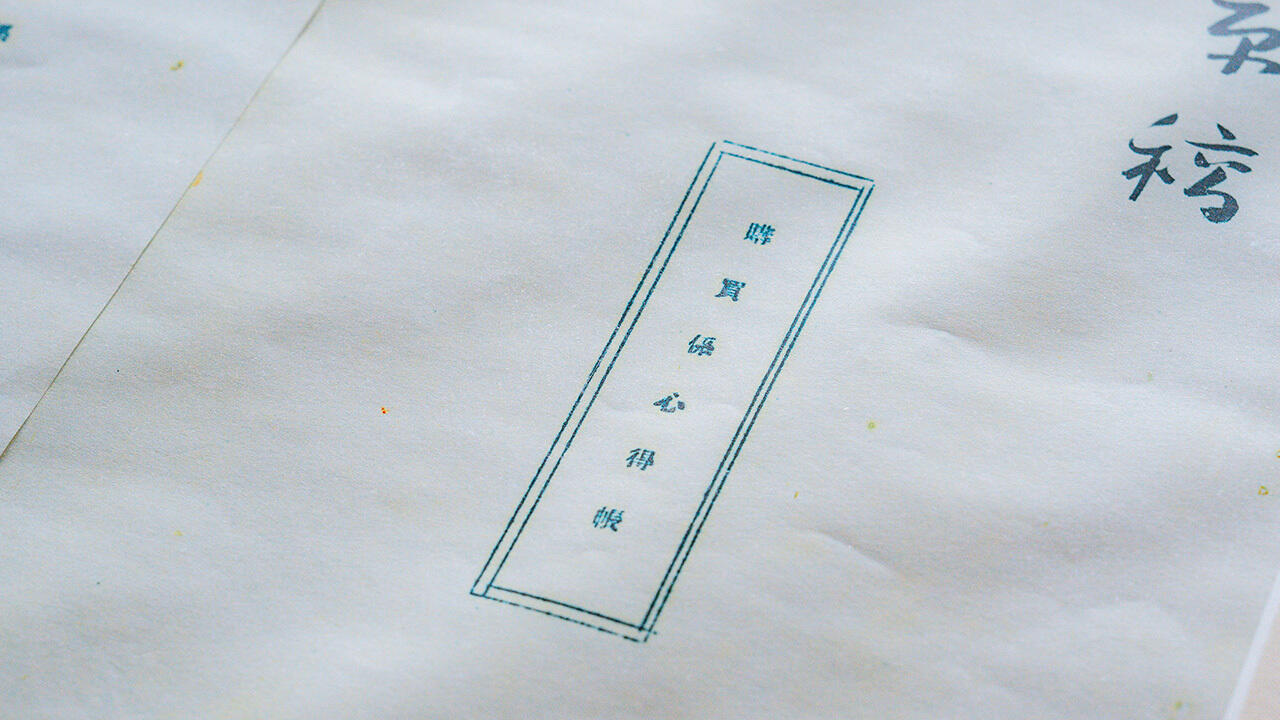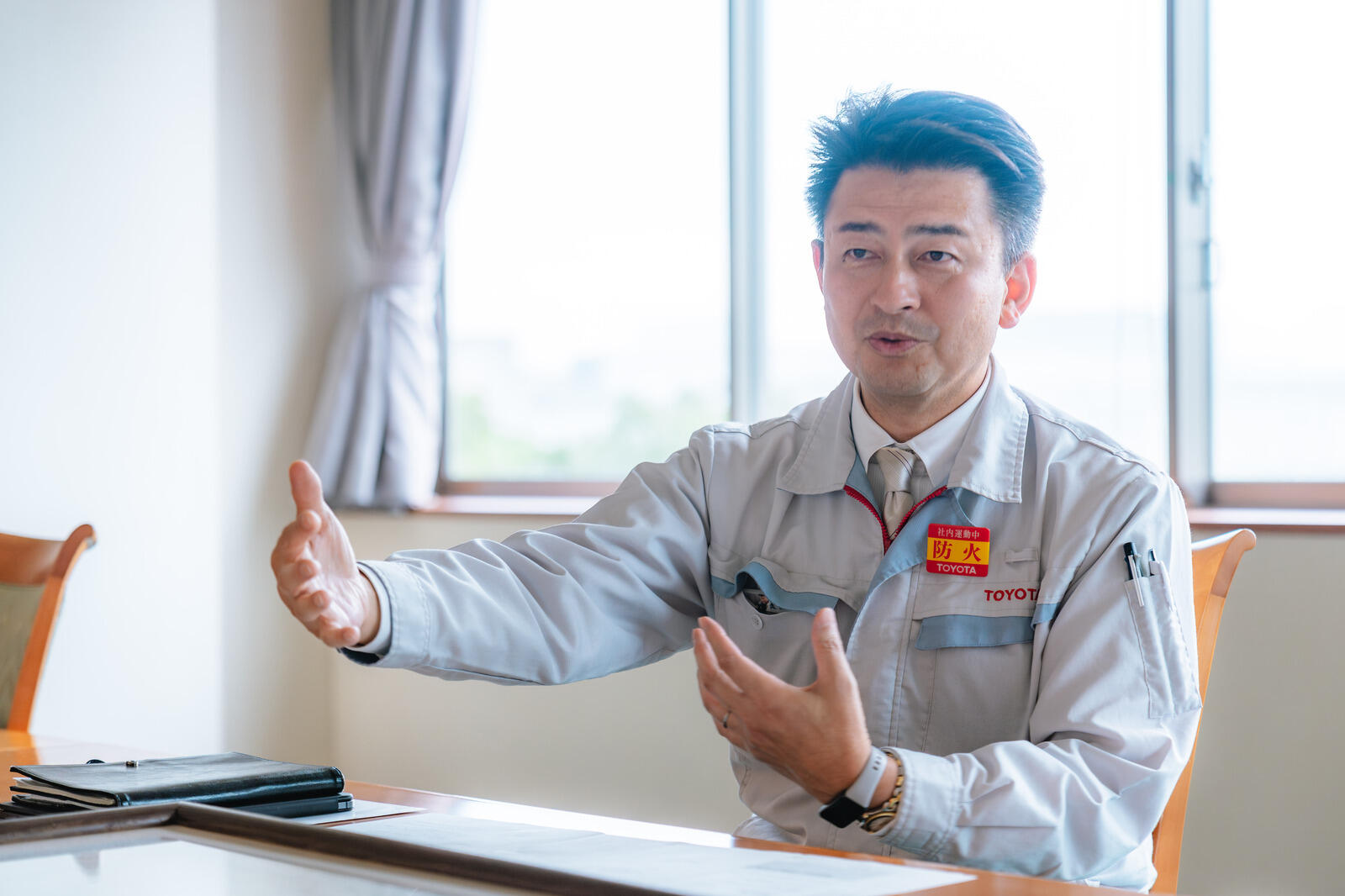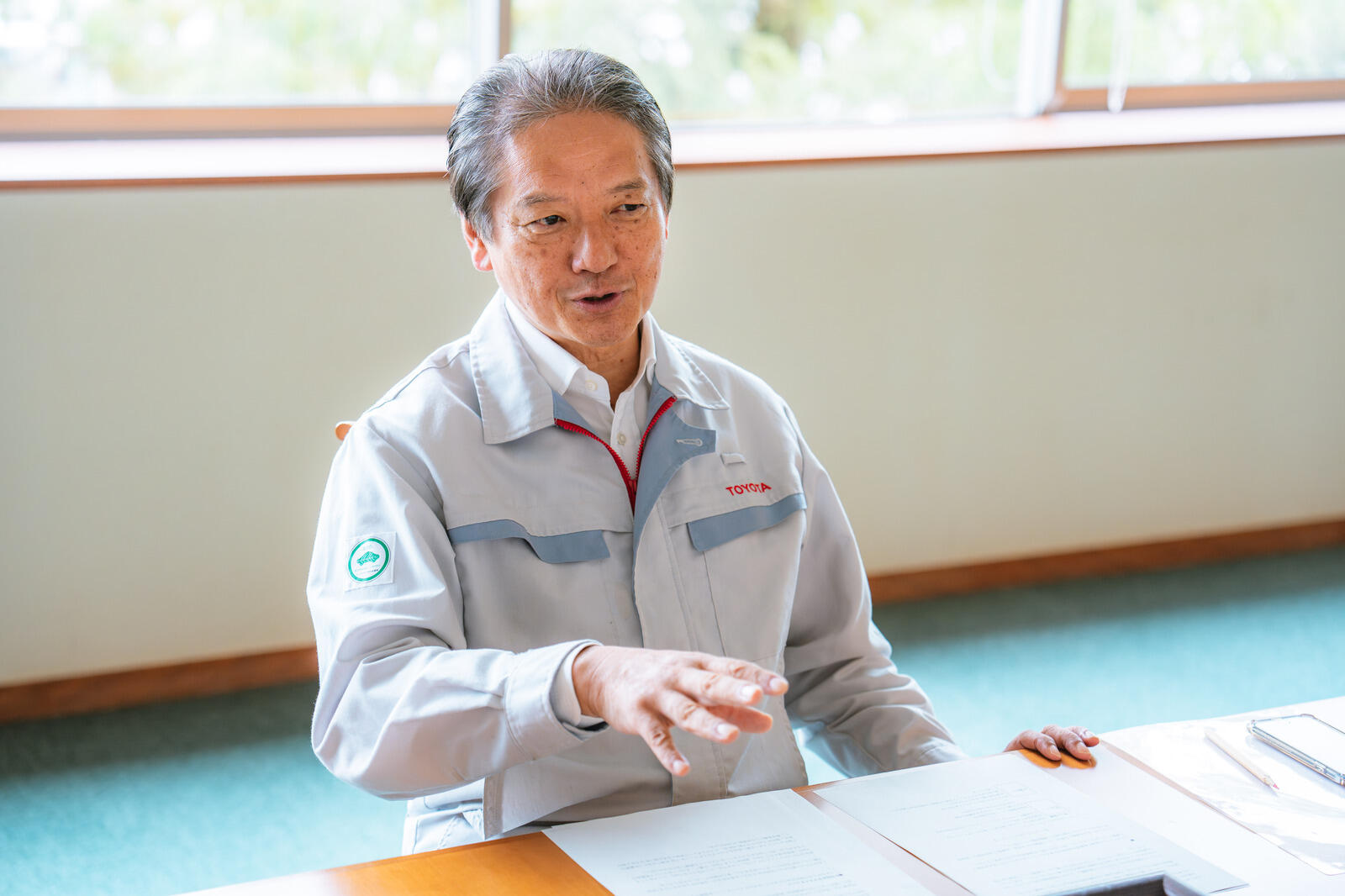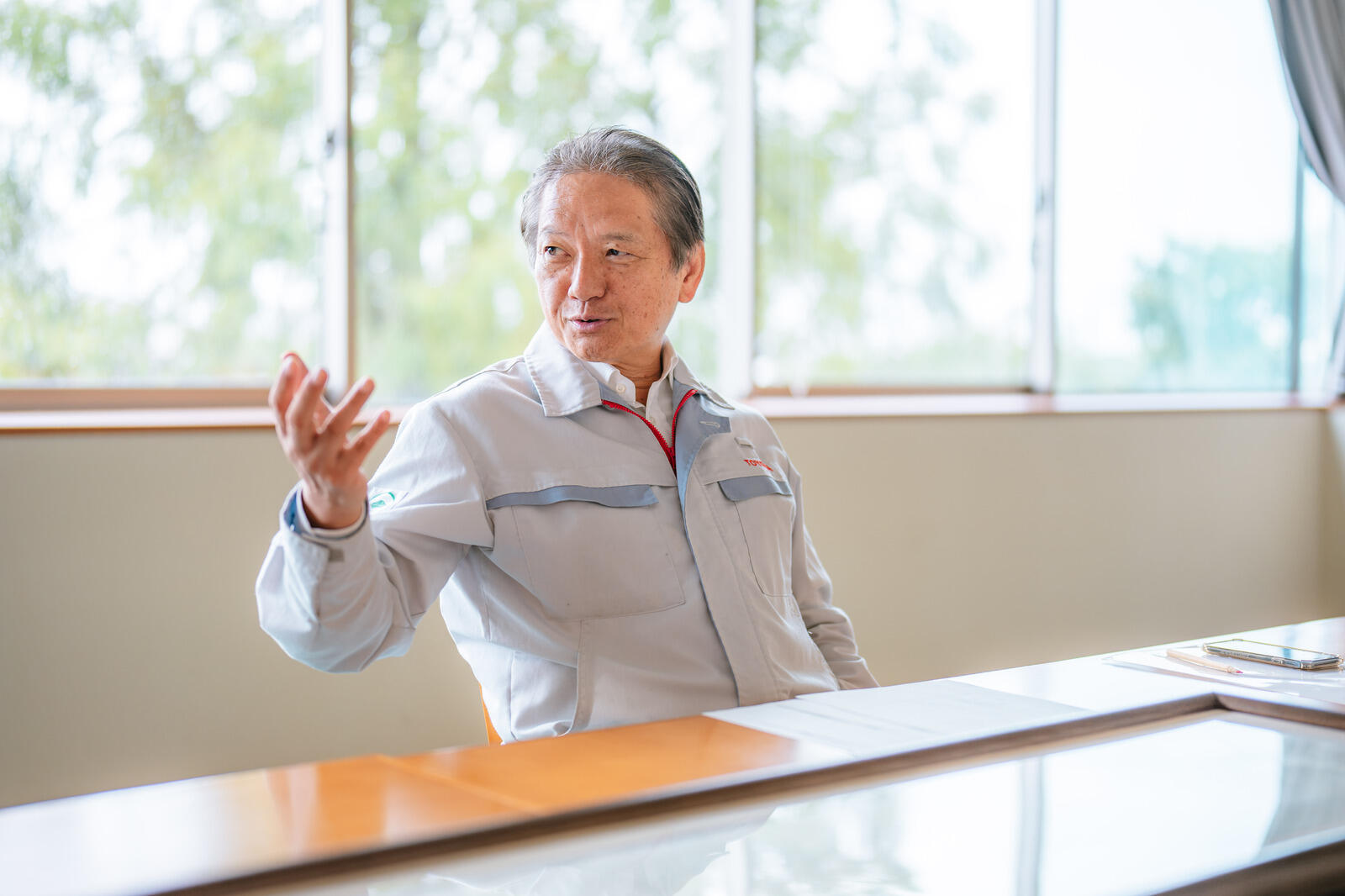
How does Toyota's Purchasing Group engage with suppliers? How many are there, and what efforts are being made to improve relationships? We examine the principles passed down since the company's founding.
Equal partners
So far, we’ve looked at the scale of Toyota’s procurement and its approach to revising prices. Next, let’s hear from Purchasing Group Chief Officer Kumakura and Deputy Chief Officer Kato, both of whom took part in July’s expanded labor-management roundtable.
They began the conversation by explaining their stance for engaging with suppliers.
Deputy Chief Officer Kato

I will always treasure the moment when then-President Akio Toyoda said, “I am appointing you Deputy Chief Officer.”
He told me, “Strive to be someone suppliers can easily talk to, someone who listens. You mustn’t forget that, regardless of your position or job title.”
We always see suppliers as our equals, on the same level, working together for co-prosperity. And yet, when one side is placing orders and the other is receiving, there is inevitably a sense of hierarchy, so as purchasing staff, we want to make ourselves approachable to suppliers.
Right now, fair trade practices are a key topic. We want to emphasize communication, both as a team and on an individual level, so that we can hear about the challenges that suppliers face.
Chief Officer Kumakura

Among our many suppliers, each has their own position and company situation, creating different products and services. Recently, the rise of things like automated driving and electrification has brought new technologies, along with a host of different suppliers.
Despite that, we still have to work together as one.
As Kato mentioned, I think building open, candid relationships is one of our biggest assets in this regard. With the environment constantly changing, making decisions can be difficult, which is why we always try to return to our values of mutual trust and equal partnerships.
We focus on strengthening our supplier relationships to create better products.
In 2020, Kumakura returned from Toyota Industries as Deputy Chief Officer of the Purchasing Group. Coming back to Toyota Motor, he was told by then-President Toyoda to “share the same mindset as our suppliers.” He has remained committed to this approach.
When it comes to grasping genba challenges and creating a shared mindset, Deputy Chief Officer Kato feels that SSA has much to offer.
Deputy Chief Officer Kato
The fact that Toyota can only discuss business directly with Tier1 suppliers is bound by confidentiality and the Antimonopoly Act. However, since SSA is about driving improvement rather than discussing transactions, we can tackle costs together with Tier2, Tier3, and Tier4 and learn about the challenges they face.
I think this is a great initiative that brings everyone together.
Thanks to that, I feel that we are working together with our Tier2, Tier3, and Tier4 suppliers.
As for the cost reductions achieved through SSA, “Our suppliers receive the profits,” explains Chief Officer Kumakura. Since suppliers also deal with other companies, Toyota’s efforts are undertaken in lockstep with fellow carmakers.
However, as outlined earlier, Toyota’s supply chain stretches to 60,000 companies. Filtering initiatives down to the deeper tiers is not an overnight process.
Chief Officer Kumakura

Whether it’s SSA or spreading fair trade practices, everything passes down the chain through Tier1.
But we have no way of proving that we are reaching all 60,000 companies. Even with SSA, there’s no way we can visit all 60,000, which is frustrating.
We constantly want to track how far they have gone—or to put it another way, we worry that there is still a long way to go. Toyota parts are being made in the deeper tiers, and the only way to reach those suppliers is by following the chain.
We must do what we can to absorb the realities on the ground, listen with humility, and respond as needed.

